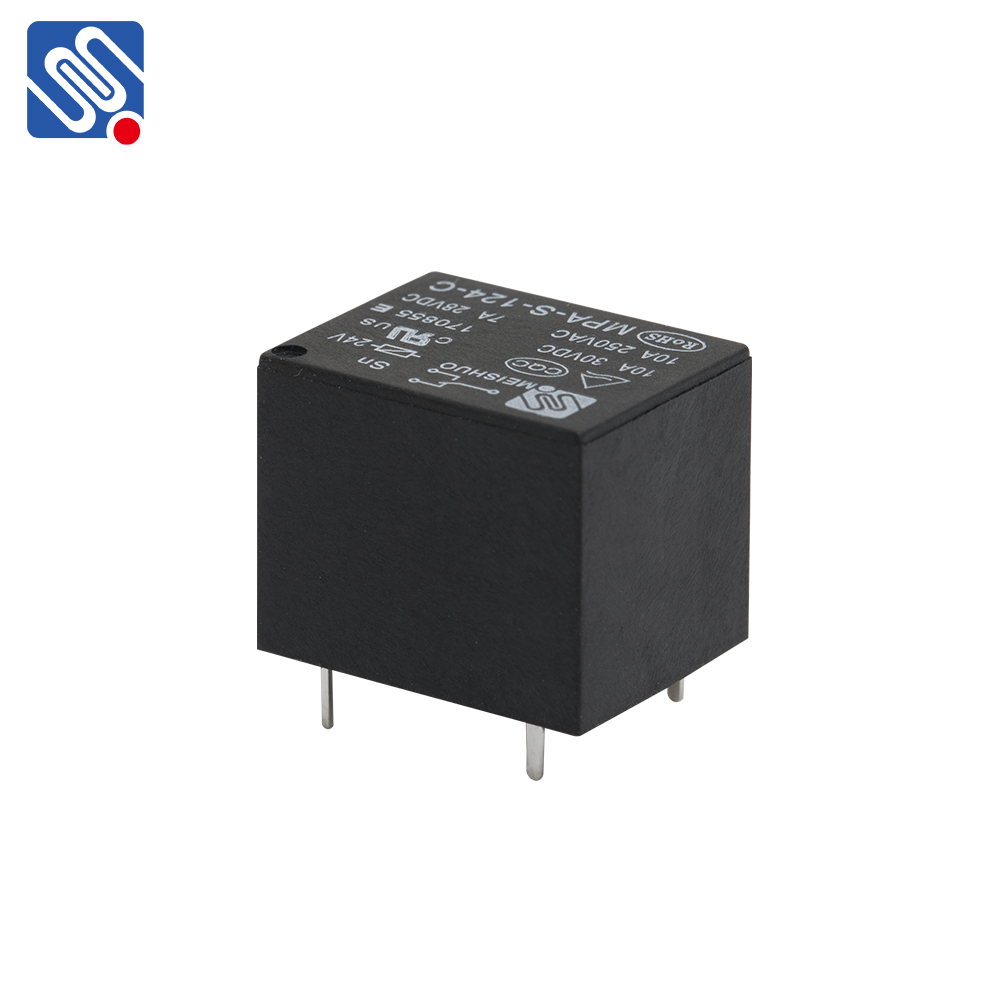Understanding Relay Drive: The Key to Efficient Electrical Control

In the world of electrical systems, efficient control and automation are essential, and one of the most versatile and widely used methods for achieving these objectives is through the use of a relay drive. A relay drive is an essential component in controlling high-power devices using low-power control signals, providing a safe and efficient means to switch electrical circuits. This article aims to explain the workings, components, applications, and importance of relay drive in modern electrical and electronic systems. What is a Relay Drive? At its core, a relay drive is an electronic circuit that controls the activation of a relay. A relay is an electromagnetic switch that allows a small control signal to activate or deactivate a larger electrical circuit. It uses an electromagnetic coil to move the switch mechanism, opening or closing the contact points, thus controlling the flow of electricity. The relay drive circuit ensures that the relay functions properly by providing the necessary driving current to the relay coil, often triggered by a lower voltage or low-current control signal, such as from a microcontroller or other electronic components.